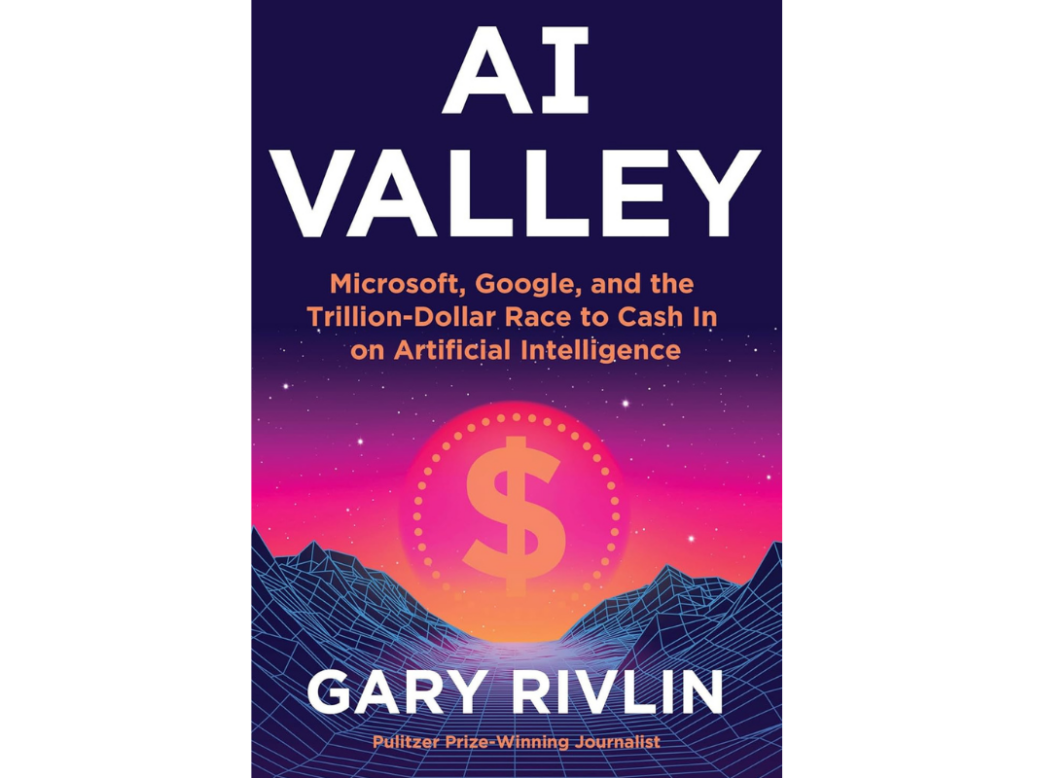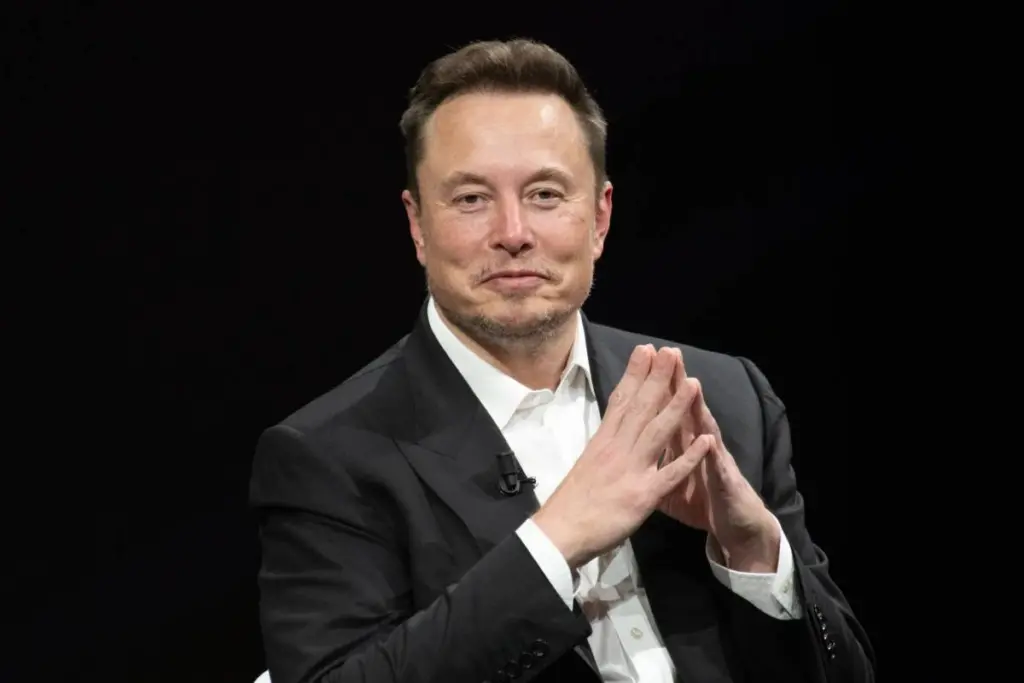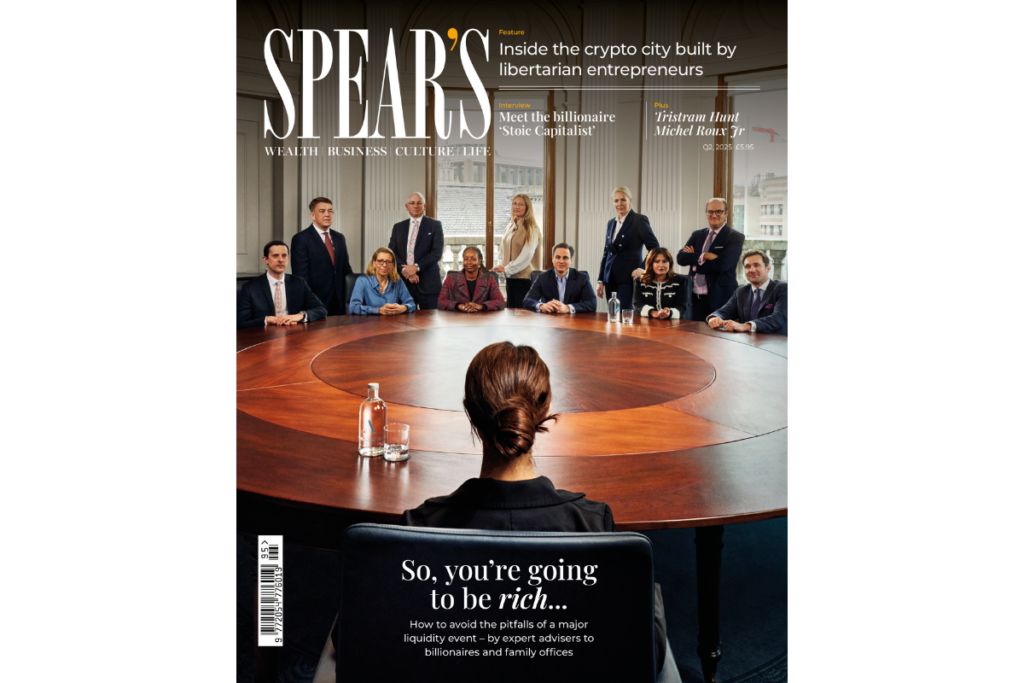
Will they cure cancer or murder us all? No one really knows, but what is clear is that it is making a lot of people very wealthy. This deep history of Silicon Valley’s AI gold rush reads rather like a soap opera for start-ups, with heroes (Reid Hoffman, founder of LinkedIn), villains (Elon Musk), and a cliffhanger ending. Next season’s plot is still very much under wraps.
‘AI has been disappointing humanity since the term “artificial intelligence” was first coined in the 1950s,’ Gary Rivlin notes wryly at the beginning of this book. Like nuclear fusion, ‘true’ AI – superhuman intelligence in a machine – was always a decade or two in the future. Researchers tried laboriously teaching linear computer models tons of facts and rules, but the result was never impressive.
[See also: Deepfake fraud jumps by more than 2000 per cent in three years]
Only when they Pivoted to neural networks – modelling the way the neurons of a human brain are connected together – did real progress begin. Then came the British company DeepMind, which advanced the science of ‘deep learning’.
Rather than teaching a neural network how to play a game such as chess and giving it a database of master games, the developers simply told it the rules and made it play against itself millions of times. One result was AlphaZero (2017), which trounced the best traditional chess-playing software and is far stronger than any human.
An explosion of chatbots
The third breakthrough was made by researchers at Google (which had bought DeepMind for $650 million in 2014), in a paper entitled Attention Is All You Need (2017). This introduced a new technical architecture for AIs called the transformer, enabling more efficient training of the model. That became the basis for ChatGPT and the subsequent explosion of AI chatbots, image generation and software coding assistants.
Rivlin’s book focuses on the last five years of this acceleration and is based on hundreds of industry interviews, but it is structured around the life-cycle of a single company, Inflection AI, started by Hoffman and DeepMind co-founder Mustafa Suleyman. The book sometimes reads like a hagiography of Hoffman, described as ‘Silicon Valley’s philosopher-king’.
He does seem like a very affable and intelligent guy, and the minutiae of his adventures in venture capital and various start-ups will be catnip to those who like that sort of thing. Suleyman, meanwhile, is not widely thought to have contributed much technically at DeepMind, but here he is taken very seriously as someone who wants to build an AI that has ‘emotional intelligence’ and will be your constant companion through the travails of life and work.

His old comrade Demis Hassabis – a real genius of the field – is here called ‘snide’ for questioning Suleyman’s skills, and is otherwise off-stage doing stuff that will eventually win him a Nobel in chemistry for DeepMind’s contribution to the understanding of how proteins fold. That journey we do not follow. The book’s narrative challenge, indeed, is that Inflection AI does not represent an inflection point in the AI business; it fails in the market and is eventually absorbed in a ‘reverse acqui-hire’ whereby its leaders become employees of Microsoft. Satya Nadella, Microsoft’s CEO, is praised for his success in turning around the juggernaut to become a leader in cloud computing and AI itself, thanks to its partnership with Sam Altman’s OpenAI – one of the firms that ate Inflection’s lunch.
[See also: Why HNWs are right to be worried about the threat of deepfakes]
Too recent for inclusion in this book, alas, is the potential eating of OpenAI’s lunch, in turn, by DeepSeek, a Chinese AI released in late 2024 with the announcement that it had cost only $6 million to train, compared to $100 million for ChatGPT 4. Millions of dollars were instantly wiped off the value of Nvidia, which sells the $250,000 GPU chips that American firms use to train their AIs.
So, what next?
Elon Musk, meanwhile, has only a walk-on part as a manic pixie nightmare boy, walking into rooms and disrupting stuff, but there’s not much about his own AI project, recently matured into X’s Grok 3 – or, indeed, Meta’s Llama models, built under the guidance of another true innovator in the field, Yann LeCun. So what next? The world of AI is still in flux in business terms, while the arguments over how it will change the world encompass extremes of utopian optimism and apocalyptic fear. British computer scientist Geoffrey Hinton, a pioneer of neural networks, received last year’s Nobel Prize in physics for that research.
[See also: Will ChatGPT be the death of fund managers?]
But he also quit his job at Google in order to argue that AI could lead to disaster, and estimated that there was a 10 per cent chance it could exterminate humanity. (Snoop Dogg was among those listening. His comment: ‘I’m like, are we in a fucking movie right now, or what? The fuck, man?’)
Even if such a sci-fi armageddon does not come to pass, AI is already being used to replace creative workers or to deliberately spread fake news, when it does not do so merely by accident: the problem of AI ‘hallucination’, when a model simply makes stuff up or cites a non-existent scientific paper, has not yet been solved. (Rivlin writes mischievously: ‘ChatGPT seemed unable to say, “I don’t know,” perhaps because its training data reflected a male-dominated world.’) Google, meanwhile, recently removed its previous restriction on AI products being used for military purposes, so killer robots will only get cleverer.
[See also: The best reputation and privacy lawyers]
On the other hand, the benefits to humanity of AI that discovers new cancer treatments, diagnostic tools or vaccines could be huge. ‘Step one, solve intelligence,’ as Hassabis has described his mission. ‘Step two, use it to solve everything else.’ The future is so bright, on this view, we’ve got to wear AI goggles. After the defenestration of Inflection AI, meanwhile, Hoffman started a new company, Manas AI, focusing on using ‘generative computational chemistry’ to develop novel drugs. His LinkedIn page reads: ‘My current priority is investing in and building with AI to benefit humanity.’ So is AI a saviour or a demon? Or is the bubble about to burst? The drama continues.
This letter first appeared in Spear’s Magazine Issue 95. Click here to subscribe







